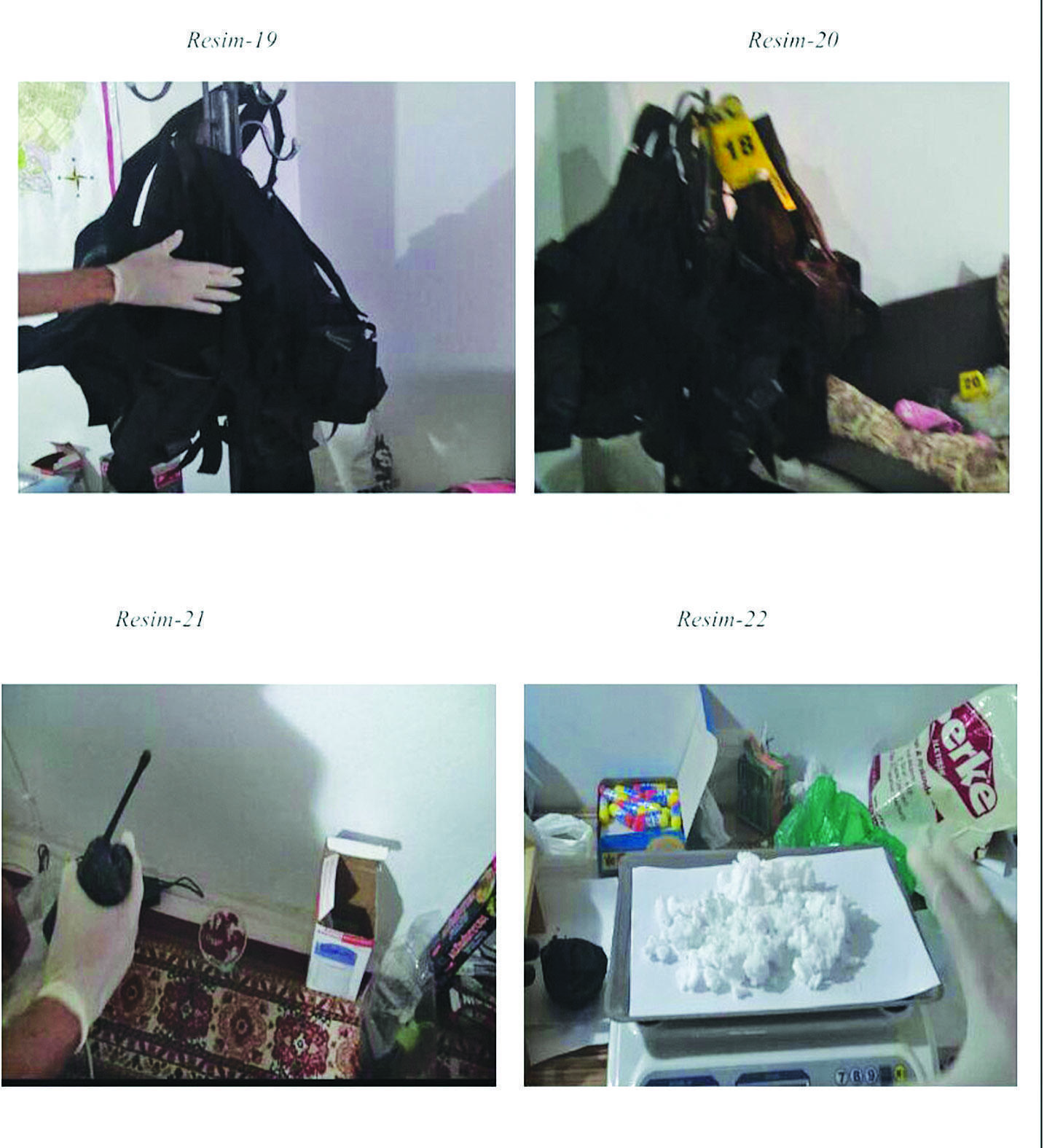ISIL militants prepared suicide vests in Gaziantep on Syrian border: Police
Fevzi Kızılkoyun - ANKARA

People attend a commemoration for the victims of the October 10 bombings in Ankara, on October 17, 2015. AFP Photo
Turkish counter-terrorism units have revealed that militants of the Islamic State of Iraq and the Levant (ISIL) prepared suicide bomb vests and other materials in a depot in the southeastern province of Gaziantep for use in the double suicide bomb attack that killed 102 people in Ankara on Oct. 10.After Turkish police seized 33 suicide bomb vests during operations in Gaziantep and Kilis in 2014, ISIL militants started preparing the vests from scratch in a depot, instead of bringing them over from Syria.
Police surveillance conducted after the Oct. 10 attack in Ankara, which revealed the cell houses of ISIL militants, prevented further attacks planned by the group such as suicide bomb attacks against a gathering in Gaziantep due to be attended by Peoples’ Democratic Party (HDP) co-chair Figen Yüksekdağ, a HDP rally in Istanbul, and the G-20 Summit in Antalya.
Police determined that the perpetrators of the Oct. 10 attack - Yunus Emre Alagöz and a second unidentified attacker - were linked to a cell house in Gaziantep. The police uncovered cell houses and stores after following driver Halil İbrahim Durgun, who brought the suicide bombers from Gaziantep to Ankara.

Since police seized 33 suicide vests in Gaziantep and Kilis in 2014, plotters are thought to have preferred to produce attack materials themselves rather than bringing them over from Syria.
They also purchased standard market hair dye to use during bomb-making, in order to not attract attention while purchasing hydrogen peroxide.
Police determined that ISIL had decided to conduct attacks and to send suicide bombers into Kilis over the border either one day before or on the day of the attacks in Ankara. They were taken to cell houses and given bombing materials before being transferred to the site of the attacks.
Attackers tend not to use cell phones, instead opting to communicate through social media or courier.
The Ankara Prosecutor’s Office had said in a written statement on Oct. 28 that a sleeper cell based in Gaziantep was behind the twin suicide bombings on Oct. 10.
“According to recordings that have been investigated, there is strong evidence that the said terrorist organization committed the attacks against the HDP in Adana and Mersin, the bomb attack at the HDP rally in Diyarbakır and the bomb attack in Suruç,” said the statement.
One of the suicide bombers in the Ankara twin blasts was identified as Yunus Emre Alagöz, an ISIL militant, according to a written statement released by the Ankara Chief Public Prosecutor’s Office, the prosecutor’s office heading the investigation into the deadly blasts.

Identified by DNA tests, Alagöz is the brother of another ISIL militant, Şeyh Abdurrahman Alagöz, the perpetrator of the Suruç bombing that killed 33 and wounded more than 100 in late July in the southeastern province of Şanlıurfa.
About three weeks after the deadly Suruç bombing attack, 30 ready-to-use suicide vests were seized in the country in anti-terror operations against ISIL, Turkish officials told the Hürriyet Daily News in mid-August on condition of anonymity.
The Alagöz brothers have been revealed to have close links to ISIL, as Şeyh Abdurrahman Alagöz was reported to have been probed last year by the chief public prosecutor’s office in the eastern province of Adıyaman over links to al-Qaeda along with 18 other suspects, news website Radikal reported on Oct. 16.
All of the 19 suspects at the time were reported to be implicated in militant recruiting activities and were based in a militant camp in Adıyaman. The town of Adıyaman has become notorious in Turkey as a site of radicalism among young low-income locals.
















